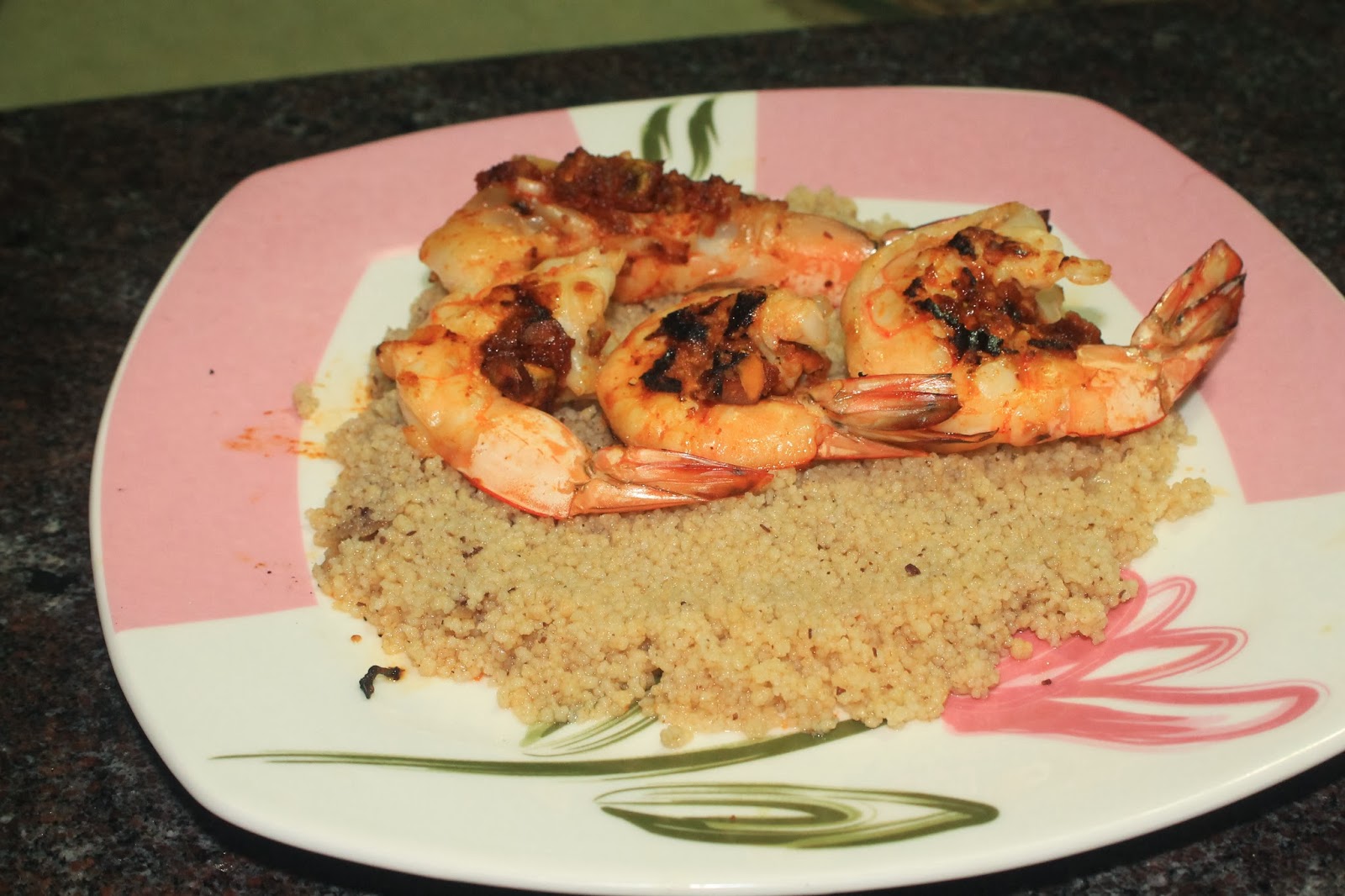Soft or fried? Tacos make excellent please-all dinner platters as you can assemble them any way you like and stuff them them ten different ways. On the tortilla itself, you can grill them, fry them or just warm them, though I prefer to just warm them as it keeps it pliable and adds that soft bite of corn. I've made fish tacos here, with breaded white fish fillets and soft corn tortillas, with shredded cabbage and guacamole adding the healthy greens to the mix. I'd made these over a long-weekend, and so everything from the tortilla to the guac was made at home.
Ingredients
Guacamole
- 1 ripe avocado
- 1 tsp salt
- 1 red onion, chopped
- juice of 1 lime
- 1 jalapenos, chopped
- 1 tomato, chopped
Fish
- 500 g fresh white fish fillet, cut into bite sized pieces
- 2 tbsp plain white flour
- 1 tbsp smoked paprika
- 1 tsp salt
- 1 tsp turmeric
- 1 tsp red chilli powder
- 4 tbsp vegetable oil
For Serving
- 6-7 corn tortillas
- 1/2 cabbage, shredded
- 1/2 cup sour cream (optional)
Method
Guacamole
Add the onions, tomato, salt and jalapenos to a shallow mixing bowl.
Split the avocado and remove the pit. Scoop out the flesh of it, and add it to the mixing bowl.
Add the line and crush the avocado with the back of a spoon while mixing it with the onions. Add a little lime over to prevent the guac from oxidising, seal the mixing bowl with cling-film and refrigerate till its time to use.
Fish
Wash and pat dry the fish fillets. Mix the flour, paprika, turmeric, salt, pepper and red chilli powder in a plate. Add the fish fillets and toss around to evenly coat with the flour mixture.
Add the oil to a flat shallow pan and bring up to heat. Once it starts smoking, reduce the heat and add the floured fillets. Raise the heat and fry on both sides till the fillets are golden brown. If you're using thick fillets, reduce the heat and cover to cook through.
Once golden brown, take out and pat with paper towels to remove the excess oil.
Assembly
Warm the tortillas in a low oven for 10 minutes. Add a layer of guacamole, and some shredded cabbage. Add two fish fillets and a small scoop of sour cream.
If you don't find sour cream, just use normal cream and add a tea-spoon of lime juice before whipping it in to aerate and thicken it.
Serve up either pre-rolled or leave to everyone to assemble their tacos.

















